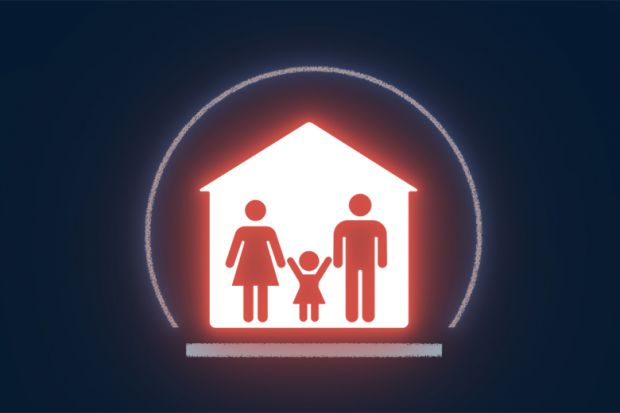Browse the full results of the Impact Rankings 2024
This ranking focuses on universities’ research on poverty and their support for poor students and citizens in the local community.
View the methodology for the Impact Rankings 2024 to find out how this data is used in the overall ranking.
Metrics
Research on poverty (27%)
- Field-weighted citation index of papers related to poverty (10%)
- Number of publications related to poverty (10%)
- Proportion of all research papers co-authored with low- or lower-middle-income countries (7%)
This focuses on research that is relevant to poverty. The field-weighted citation index is a subject-normalised score of the citation performance of publications.
The data are provided by Elsevier’s Scopus dataset, based on a query of keywords associated with SDG 1 (no poverty). The dataset includes all indexed publications between 2018 and 2022 and is supplemented by additional publications identified by artificial intelligence. The data are normalised across the range using Z-scoring.
The third indicator measures the proportion of publications where one or more co-author is associated with a university that is based in a low- or lower-middle-income country. All indicators are normalised across the range using Z-scoring.
Proportion of students receiving financial aid (27%)
This indicator measures the proportion of a university’s students who receive significant financial aid in order to attend the institution because of poverty.
It is based on data for full-time equivalent students across both undergraduate and postgraduate courses in the 2022 academic year.
The data were provided directly by universities and normalised across the range using Z-scoring.
University anti-poverty programmes (23%)
- Targets to admit students who fall into the bottom 20% of household income in the country (4.6%)
- Graduation/completion targets for students who fall into the bottom 20% of household income in the country (4.6%)
- Support for students from poorest families to enable them to complete university – for example, in relation to food, housing, transport, legal services (4.6%)
- Programmes to assist students who fall into the bottom 20% of household income in the country to successfully complete their studies (4.6%)
- Schemes to support poor students from low- or lower-middle-income countries – for example, offering free education or grants (4.6%)
The evidence was provided directly by universities, evaluated and scored by THE and not normalised.
Community anti-poverty programmes (23%)
- Education or resources to assist the start-up of sustainable businesses in the local community – for example, mentorship programmes, training workshops, access to university facilities (5.75%)
- Financial assistance to aid the start-up of sustainable businesses in the local community (5.75%)
- Training or programmes to improve access to basic services for all (5.75%)
- Participate in policymaking at a local, regional, national and/or global level to implement programmes and policies to end poverty (5.75%)
The programmes can be community-led but they must be supported by the university.
The evidence was provided directly by universities, evaluated and scored by THE and not normalised.
Evidence
When we ask about policies and initiatives – for example, the existence of mentoring programmes – our metrics require universities to provide the evidence to support their claims. In these cases, we give credit for the evidence, and for the evidence being public. These metrics are not usually size-normalised.
Evidence is evaluated against a set of criteria, and decisions are cross-validated where there is uncertainty. Evidence need not be exhaustive – we are looking for examples that demonstrate best practice at the institutions concerned.
Time frame
In general, the data used refer to the closest academic year to January to December 2022. The date range for each metric is specified in the full methodology document.
Exclusions
The ranking is open to any university that teaches at undergraduate or postgraduate level. Although research activities form part of the methodology, there is no minimum research requirement for participation.
THE reserves the right to exclude universities that it believes have falsified data, or are no longer in good standing.
Data collection
Institutions provide and sign off their institutional data for use in the rankings. On the rare occasions when a particular data point is not provided, we enter a value of zero.
